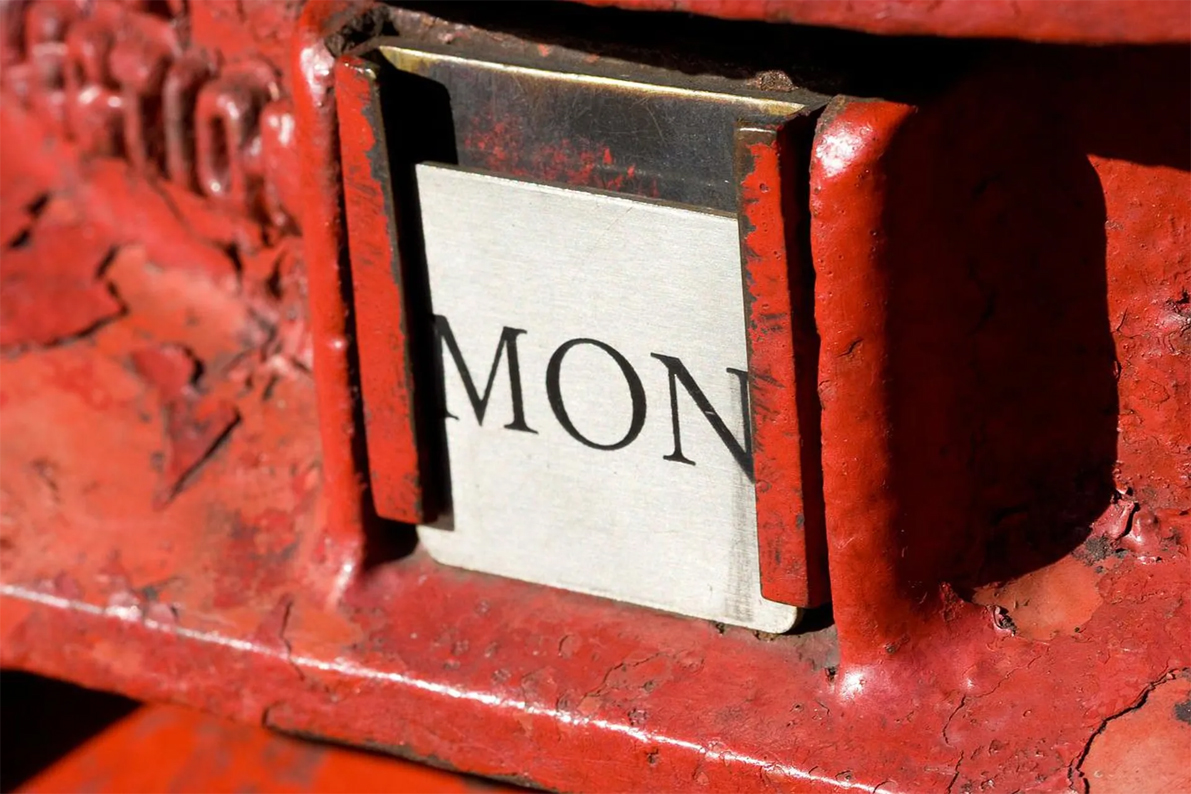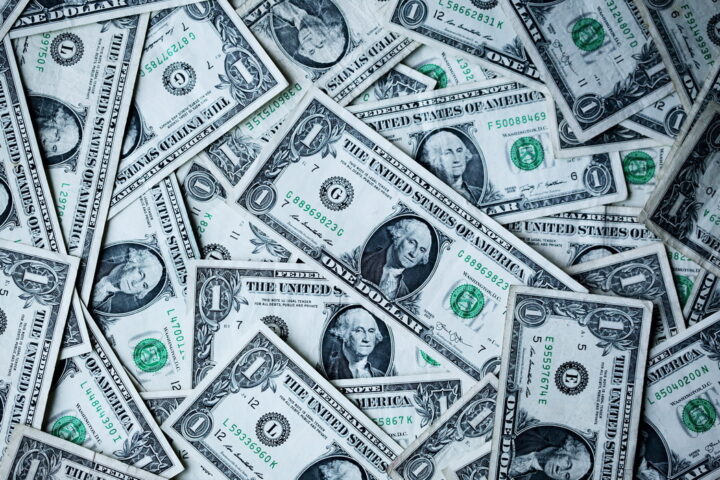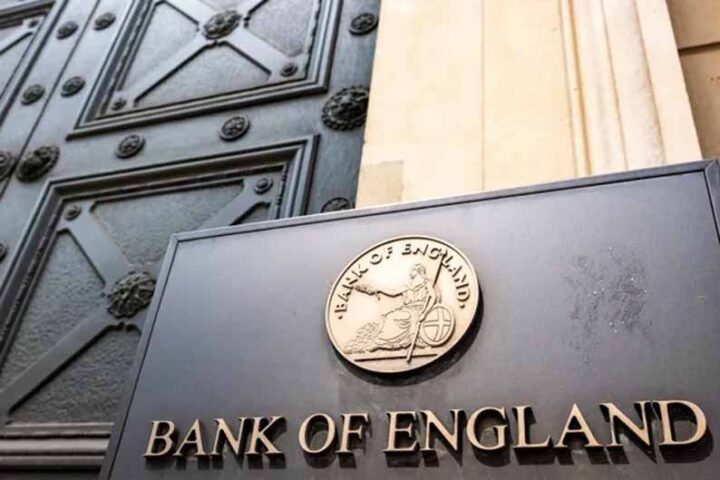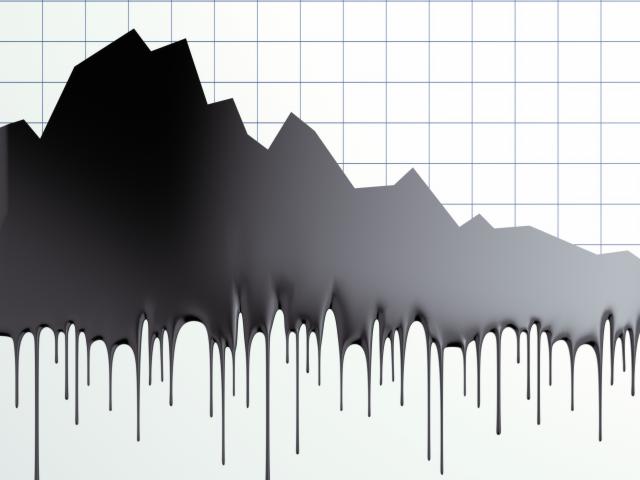By Jeffrey Halley
It is turning into a Black Monday in Asia after US and European equity markets were pummelled on Friday, as China risks also rise again.
Oil retreated again Monday as a US recession is complicated by mass covid-19 testing over the weekend in Beijing and Shanghai. Under covid-zero policies, the virus only has to get lucky once and anyone trying to pick the bottom in China’s growth and equity markets on the basis that China was “one and done” on lockdowns is naïve.
US equity index futures continue their selloff, oil continues to fall, the US Dollar has risen as Asian currencies play catchup to Friday’s greenback rally, and Asian equity markets are taking some serious selling pressure.
It is a measure of how quickly sentiment has turned that Gold managed to disengage itself from its inverse correlation on Friday, finishing the day higher at $1871.50 an ounce.
Given that gold has fallen in Asia, I am not so sure that this isn’t another false dawn for gold bugs.
Perhaps the biggest carnage has been in the crypto space which is on the verge of a reckoning now that the gloves are off around global inflation and the realities of a new world where fixed interest actually pays a yield – albeit one still deeply negative in real terms.
Bitcoin fell 10% over the weekend, while Ethereum was cremated, falling 20%. That sell-off also continues Monday morning and I am wondering if some cross-margining stop losses are going to start washing through real asset classes. Things may get uglier if the pegs on (un)stable coins like tether start becoming untethered.
This week’s centrepiece is undoubtedly the FOMC policy meeting on Wednesday. I am not sure if Friday’s inflation reading is enough to provoke a 0.75% rate hike, although that won’t stop people from forecasting it.
A 0.50% hike is done and dusted, and the crucial point will be what the Fed’s outlook is from here and whether they remain confident about a soft landing.
Elsewhere, China will release its latest Medium Lending Facility rate sometime between Monday and Thursday. Cutting it from 2.85% would be a surprise (not a huge surprise), as the government remains intent on targeted stimulus and bank lending has already soared after the government ordered the banks to lend more.
The Swiss National bank on Thursday would love to raise rates from -0.75%, but with risk aversion lifting the Swiss Franc, the Euro falling once again, it is boxed in. The Bank of England also meets on Thursday and markets are pricing in a 0.25% hike to 1.25%. Talk of 0.50% will come to nought as the BOE has raised the white flag on inflation already.
Perhaps the most interesting one, which is usually the most boring, is the Bank of Japan on Friday. A continuation of the quantitative easing forever and the 0.25% cap on 10-year JGB yields is expected. However, USD/JPY hit 135.00 Monday morning and if it reaches for 138.00 this week, the temptation/need to tinker with the JGB yield corridor may become irresistible.
Given the amount of long USD/JPY positioning out there, a slight hike in the JGB yield cap could see an ugly washout, maybe even back to the 130.00 region or lower.
Equity sell-off continues in Asia
In Mainland China, the Shanghai Composite is 0.85% lower, with the CSI 300 down by 0.95%. There is no solace for Hong Kong, as the Hang Seng slumped 2.90% Monday.
In regional markets, Singapore is 0.65% lower, Kuala Lumpur is down by 1.50%, and Jakarta has retreated 1.95%. Bangkok has lost 1.25%, and Manila is 0.55% lower. Australian markets are closed, but New Zealand has slumped by 2.30%.
It is unlikely that European markets will look to buy the dip. More likely they will continue to jail without passing go. Even the perpetually bullish FOMO gnomes of Wall Street may struggle to find a reason to buy the dip Monday afternoon, especially if the US yield curve continues to flatten.
USD/Asia rose sharply Monday after a mixed performance by Asian currencies on Friday night.
USD/CNH rose 0.50% on Friday to 6.7350, climbing 0.30% to 7.6550 Monday, with onshore USD/CNY up 0.30% to 7.7370. USD/KRW rallied sharply by 1.23% to 1279.30 on Friday, gaining another 0.60% to 1286.70 Monday morning.
The rest of USD/Asia is higher by 0.15% to 0.30% and it seems probable that regional central banks are doing a bit of smoothing Monday. Lower oil prices are modestly supportive, as was a neutral USD/CNY fixing.
Higher Fed-rate-hike expectations will keep the pressure on Asian currencies this week and renewed lockdowns in China will make the situation darker still.
Recession fears push oil lower
In Asia, oil has fallen again, this time after mass testing in Beijing and Shanghai over the weekend raised fears that lockdowns would return, diminishing local demand. Brent crude and WTI have eased by 1.30% to $120.25 and $118.90 a barrel respectively, near Friday’s intraday lows.
Unless US markets move to price in a full-blown recession, and China hits the lockdown button again, it is unlikely that we see an extended sell-off by oil prices. With OPEC+ compliance approaching 200% and the continuing squeeze on refined products such as diesel around the globe, the supply/demand dynamics remain supportive of prices.
In the near term, Brent crude has support at $119.50 and $118.50, with resistance at 122.00 and $124.40. Brent has traced out four recent daily highs just above $124.00 suggesting further gains will be challenging, even if the downside is limited. WTI has support at $118.00 ad $117.00, with resistance at $120.25 and $123.00 a barrel.
Gold rises on haven buying
Gold had an interesting session on Friday, shrugging off higher US yields and a powerful US Dollar rally to record a 1.28% gain to $1871.60 an ounce. Haven buying as equities and cryptos melted down lifted gold as investors parked cash in the yellow metal to hedge weekend risk.
With the new week starting, unfortunately for gold bugs there seems to be a business as usual air around gold’s price action Monday.
Gold has fallen by 0.46% in Asia to $1863.10 an ounce, as the US Dollar rally continues. Gold has a habit of teasing investors, only to dash hopes with whipsaw corrections lower.
I do not discount a continued correction lower and in the bigger picture, gold remains stuck in a $1830.00 to $1880.00 range with its 100-day moving average just above $1890.00 an ounce. Realistically, the technical picture requires a close or two above $1900.00 to suggest that gold is on the move once again.
Jeffrey Halley is Senior Market Analyst, Asia Pacific at OANDA
Opinions are the author’s, not necessarily that of OANDA Global Corporation or any of its affiliates, subsidiaries, officers or directors. Leveraged trading is high risk and not suitable for all. Losses can exceed investments.







